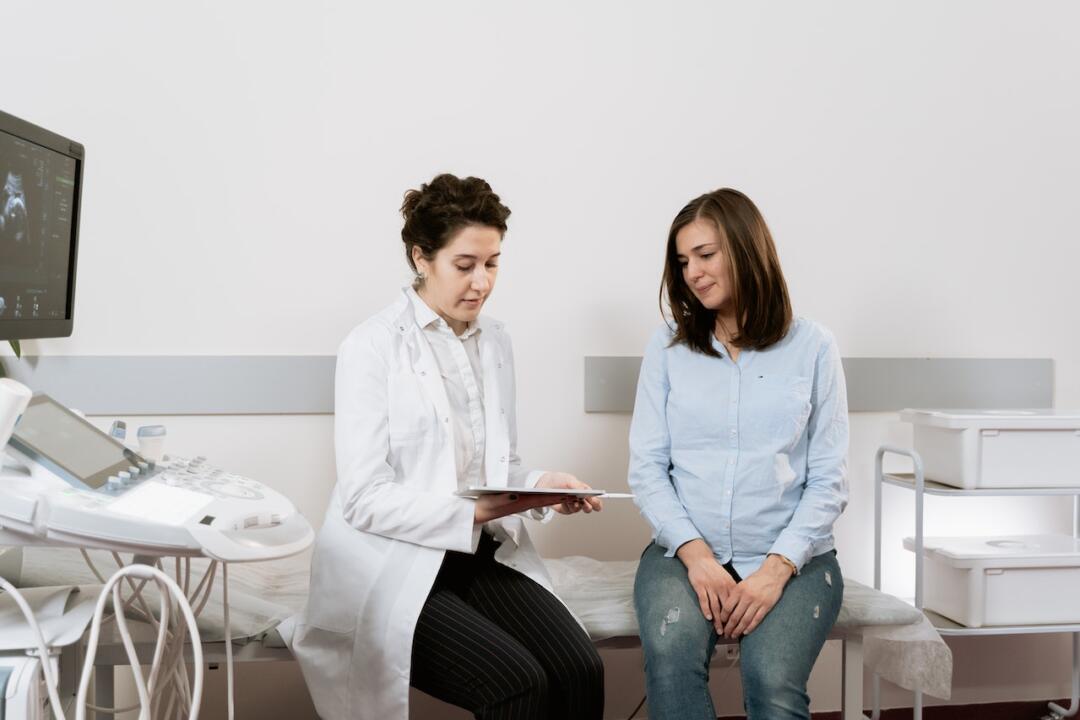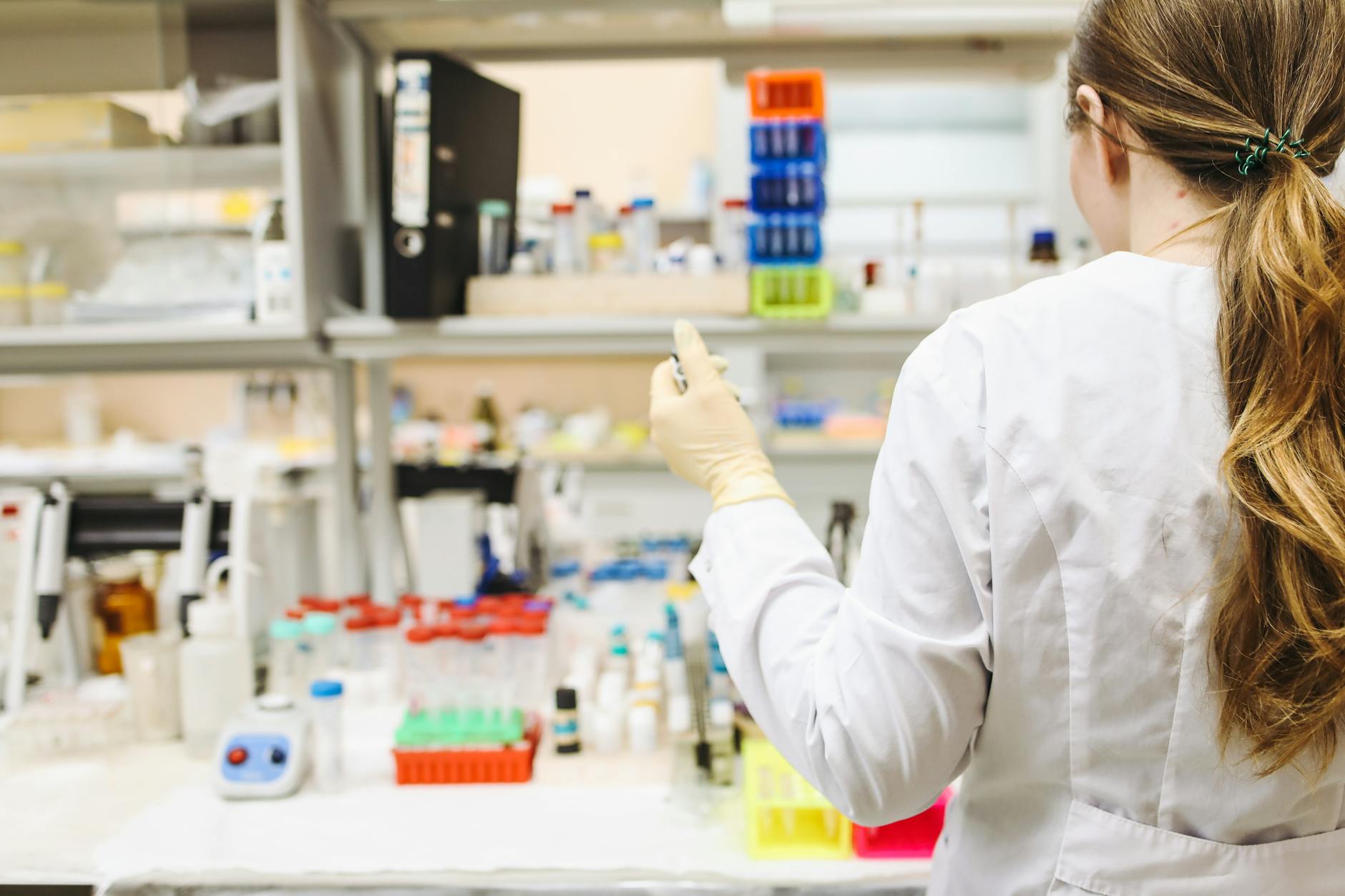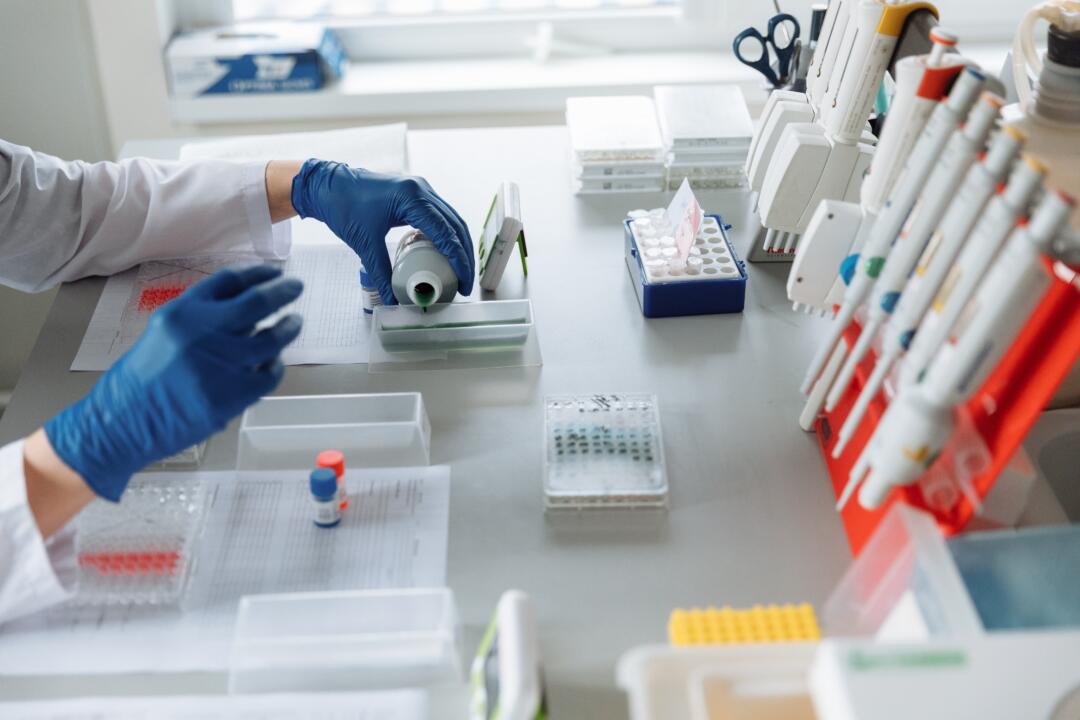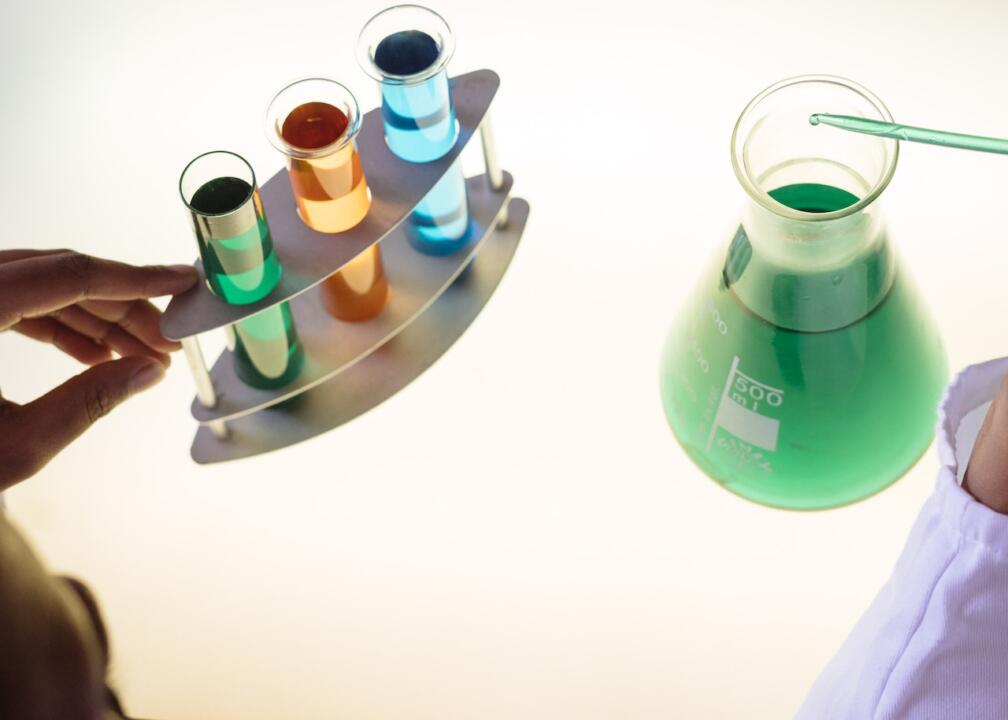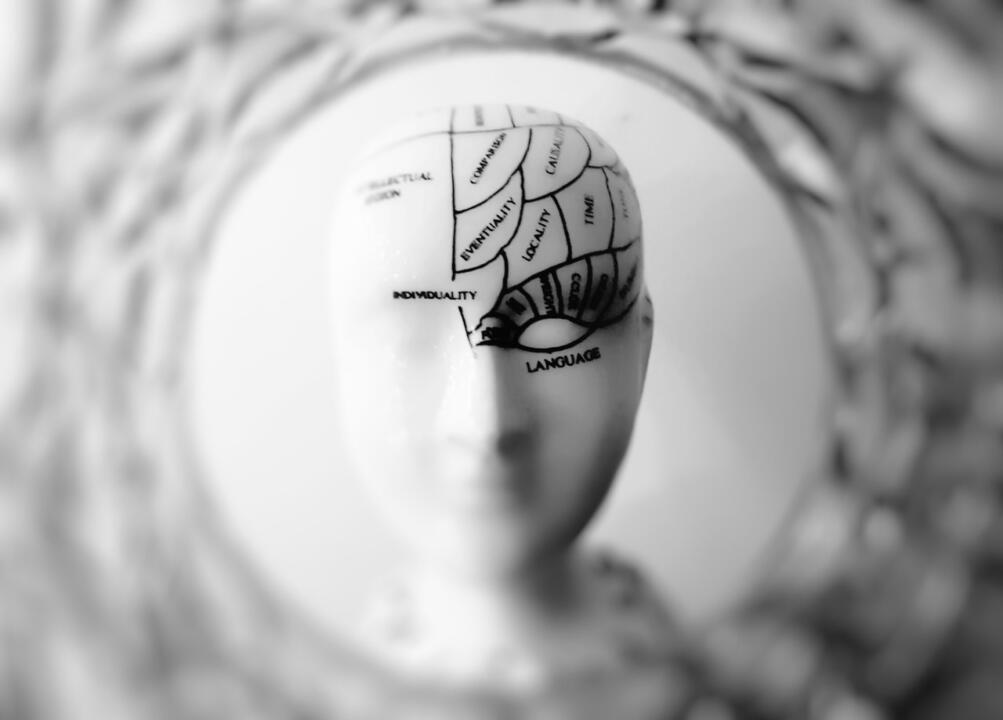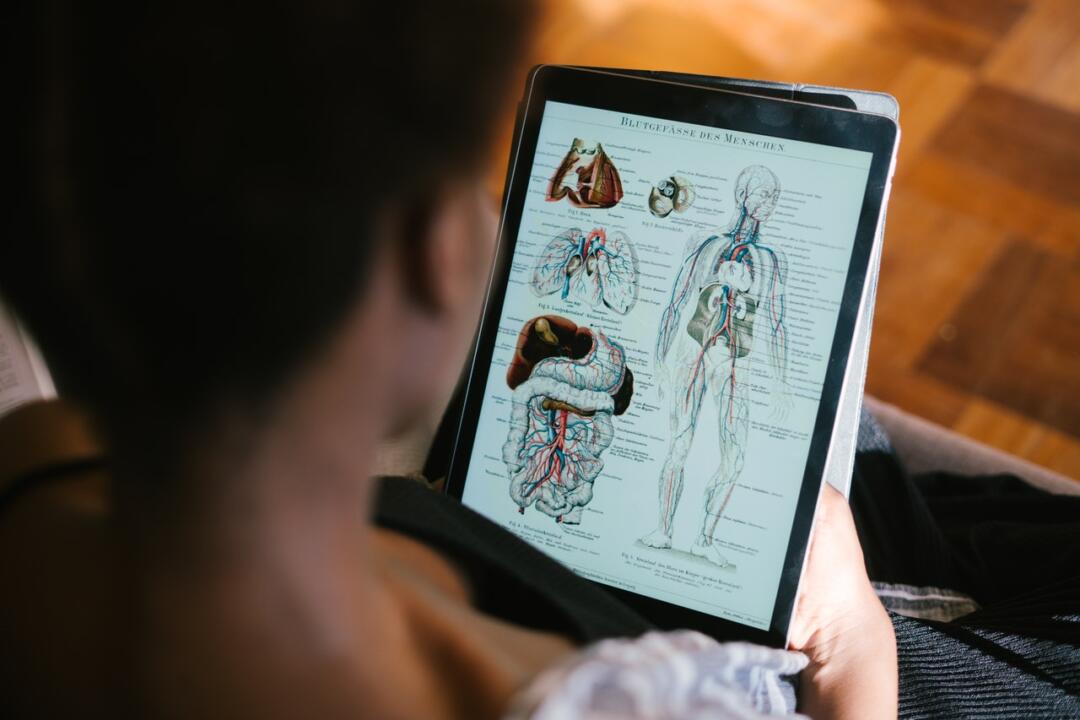Your cart is currently empty!
2nd year at a traditional medical school

In the second year of a traditional medical school, students delve deeper into clinical sciences and continue to build upon their foundational knowledge. The curriculum typically includes the following subjects:
- Pathology: The study of disease processes, including the causes, mechanisms, and manifestations of various diseases.
- Pharmacology: Understanding the actions, interactions, and effects of drugs on the human body.
- Microbiology and Immunology: Learning about microorganisms, infectious diseases, and the immune system’s response to infections.
- Clinical Skills Development: Advancing clinical skills through simulated patient encounters, communication workshops, and learning basic procedural skills.
- Medical Genetics: Understanding the principles of inheritance and the genetic basis of certain diseases.
- Introduction to Clinical Medicine: Early clinical exposure, such as shadowing experienced physicians and observing patient care.
- Specialty-Specific Courses: Some medical schools introduce students to various medical specialties through lectures and workshops.
- Problem-Based Learning (PBL) and Case Discussions: Continuing interactive sessions where students analyze clinical cases and apply their knowledge to diagnose and manage patients.
- Assessment Methods: Regular exams, practical assessments, and quizzes to evaluate students’ progress and readiness for clinical rotations.
During the second year, students transition from basic sciences to clinical applications. They gain a deeper understanding of disease processes and pharmacology while continuing to develop their clinical skills. The second year sets the stage for the clinical rotations that follow in the subsequent years, where students have direct patient interactions and hands-on experience in different medical specialties.
Discover more from mymedschool.org
Subscribe to get the latest posts sent to your email.


